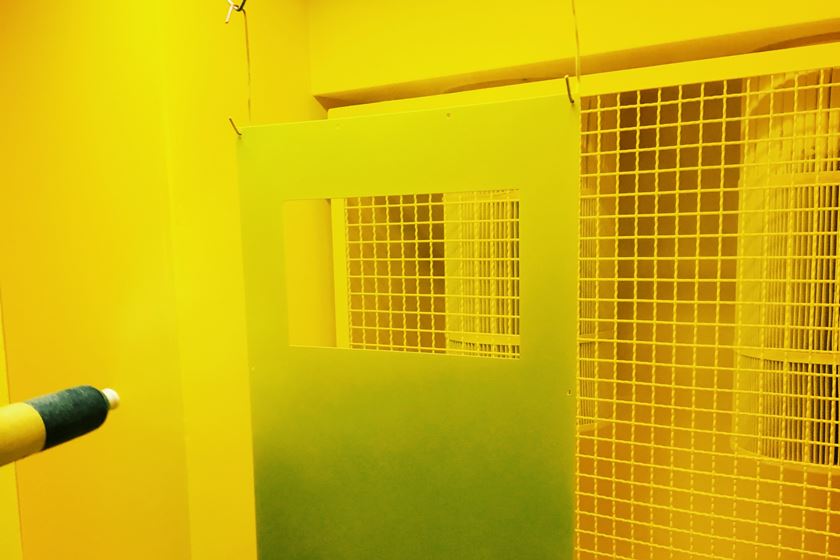California Platers Engage Regional Water Boards on PFAS Sampling Order
NASF and California Chapters engage regional water boards on PFAS sampling order.
#nasf #regulation
The California State Water Control Board and regional water boards are in the process of implementing an order to chromium platers in California to sample for PFAS compounds. NASF and its California Chapters negotiated a model Work Plan for facilities to use in conducting sampling. The Work Plan that was reviewed and approved by the State and Regional Water Boards included a phased approach to sampling.
Under this approach, facilities would first sample wastewater and stormwater to determine if PFAS were present. These sampling results would determine if it was necessary to conduct the more expensive soil and groundwater sampling. The approach was designed to minimize the burden on small businesses and avoid more expensive and invasive drilling sampling if the preliminary results indicated that PFAS were not detected above levels of concern.
While many Work Plans based on the model template have been approved, facilities have received revised Work Plans from regional water boards that included extensive soil and groundwater sampling. Some of the regional water boards are now requiring facilities to conduct all sampling at the same time, which could include costs that exceed $50,000 per facility. In addition, some facilities have been threatened with civil penalties if they did not comply with the onerous drilling requirements. This is clearly inconsistent with the phased approach that was initially approved by the water boards.
NASF and its California Chapters have raised concerns about this expansive approach to PFAS sampling to Los Angeles Regional Water Board officials at public hearings and scheduled calls.
In addition, the California Chapters recently submitted a letter to the L.A. Regional Water Board that highlighted key concerns, sought further justification for requiring subsurface soil and groundwater sampling, and asked the board to reconsider its approach to PFAS sampling for surface finishing facilities.
NASF and its Chapters will continue to facilitate compliance with the state order and to minimize the burden on surface finishing facilities. If you have any questions or would like additional information on this matter, please contact Jeff Hannapel with NASF at jhannapel@thepolicygroup.com.
This update is courtesy of the National Association for Surface Finishing (NASF). For more information or to become a member, visit nasf.org.
RELATED CONTENT
-
The Study of Copper Anodes in Acid and Cyanide Plating Baths
The 1956 Carl E. Huessner Gold Medal Award was given to Charles Faust and William H Safranek for Best Paper appearing in Plating or the AES Technical Proceedings in 1955, and their paper is republished here in a series on the AES/AESF/NASF Best Paper Awards. Their work involves an evaluation of anodes for copper plating at the time when OFHC anodes were first emerging in use.
-
Electroplated Tin-Nickel Coatings as a Replacement for Nickel to Eliminate Nickel Dermatitis
This paper is a peer-reviewed and edited version of a paper delivered at NASF SUR/FIN 2013 in Rosemont, Ill., on June 12, 2013.
-
Plastics and Plating on Plastics [1944]
This republished 1944 AES convention paper presents an historic perspective of the early days of plastics in surface finishing - using them and plating on them, in the waning years of World War II. The discussion reviews the uses of plastics in plating equipment and processing at that time, as well as the coating of the plastics themselves, with accompanying application photos. You will note that today’s conventional plating-on-plastics processes lay far in the future. Surprisingly, CVD processes are discussed.















